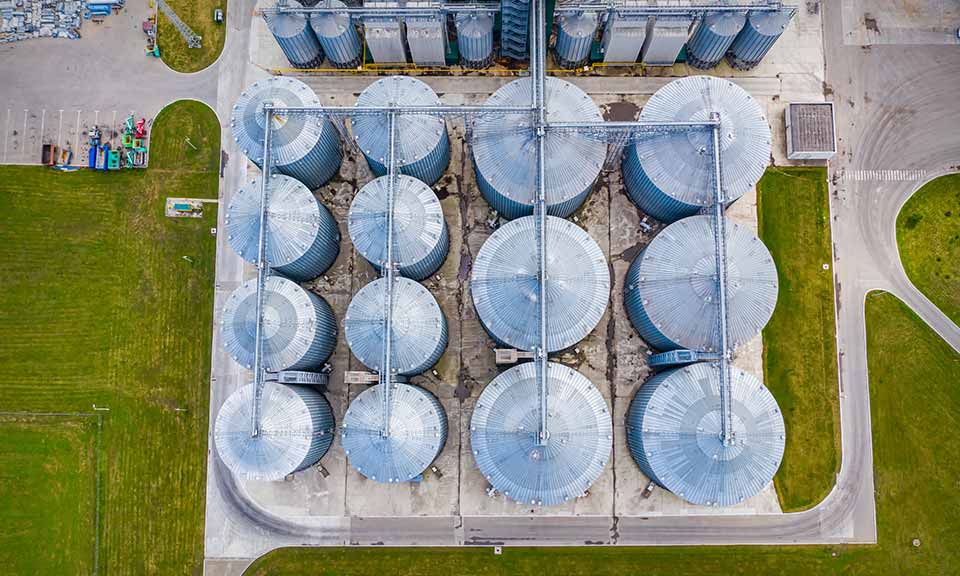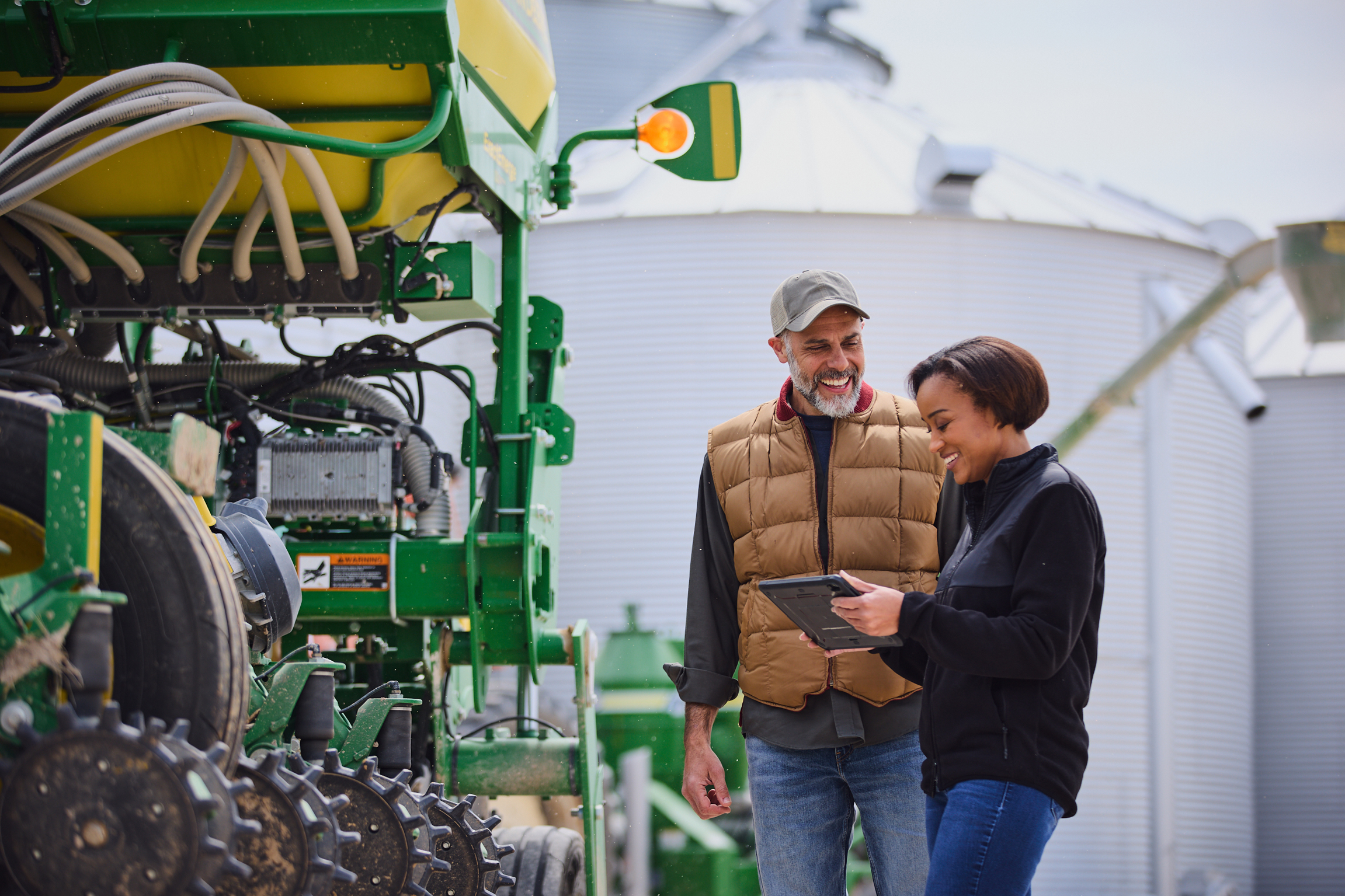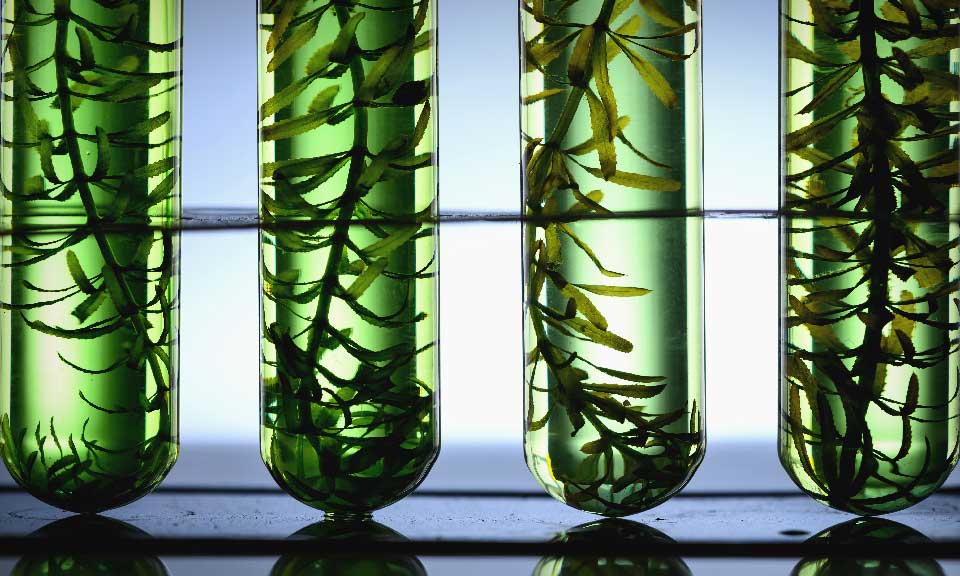Insight Conversation: Angel Alvarez Alberdi, EWABA

The EU reached a deal March 30 to almost double the share of renewables in the 27-nation bloc's energy consumption to 42.5% by 2030 as part of its Renewable Energy Directives or RED III. To fulfill these ambitious new targets without diverting food crops into fuel tanks, the EU's transport sector is investing more in non-food-based advanced biofuels.
S&P Global Commodity Insights speaks to the Brussels-based European Waste-based & Advanced Biofuels Association (EWABA) Secretary-General Angel Alvarez Alberdi on how companies and legislators are adjusting to shifting policy targets in times of rising compliance costs and energy insecurity.
With the adoption of RED III what kind of broad shift in feedstock use are you expecting? Who will be the big gainers and losers?
RED III is putting forward a new greenhouse gas reduction target for the transport sector. This method, which was being implemented solely by Germany, would still give a premium to the biofuels with the highest emission savings potential. And, indeed, in this context waste-based and advanced biofuels have the highest savings.
The [March 30] deal allows member states to continue with energy content targets for as long as the GHG target is also met. The deal also allows double counting for Annex 9 biofuels -- that is a very good promotion mechanism for waste-based and advanced biodiesel. At the end of the day, whether the member state stays with the energy content plan or migrates to the new GHG system, I am confident that advanced feedstocks are the best performing in both scenarios.
How will the new directive affect used cooking oil and tallow demand?
There is a big demand for these commodities because they are extremely good feedstocks and the final product is particularly good in terms of circularity, sustainability and GHG savings. They have been promoted by the legislators, which reinforces their value.
Now there is a very ambitious proposal for revision of the Annex and this could see at least 17 new feedstocks populating Part B including some that are promising in volume and general characteristics. For example, damaged crops, brown grease which has been in there before because some member states have been interpreting that it was in part A.
Some intermediate crops like Camelina, Carinata and even rapeseed are being considered as promising feedstocks -- but with very strong conditionality. This is fundamental. Not any crop can play this role. It should be a second harvest on a land that already has had a first harvest on a single given year and under no circumstance should there be use of any additional land because that will result in ILUC [Indirect Land Use Change].
What kind of timeline are policy makers looking at for this revision of Annex 9?
This should happen this year. There is already a draft in front of the [European] Commission that was followed by a public consultation in late December 2022, and now the commission is assessing the responses. There is a group of experts from member states assessing the proposed revision and we could have the revision as soon as late second quarter or more realistically the third quarter of this year.
How will policy and integration of more advanced feedstocks change EU's demand for traditional crop-based biofuels?
With all the pieces of legislation and the demand for diesel, I think FAME [fatty-acid methyl ester] will continue to play a major role. It's true that due to stricter carbon dioxide standards for cars there will be a smaller demand for diesel vehicles after 2035. But I am sure that higher blends up to B30 and beyond in the heavy-duty segment will ensure that there will be a higher demand for FAME biodiesel.
Also, you have to take into consideration the EU fuel regulations in maritime decarbonization is mandating three-year targets for GHG reduction. Currently, the best available product available for maritime decarbonization already being supplied to the maritime sector is waste-based and advanced biodiesel. So, this will ensure that we will continue seeing biodiesel at the very top.
Right now, the reality is that RED III rules have not phased out crop-based biofuels, but they have capped it at 2020 levels plus 1% with maximum limit of 7%. So as far as I'm concerned, they do have a role to play.
We [EWABA] represent advanced feedstocks and we still want to see and need conventional biofuels in the fuel mix.
Many of the major member states have announced accelerated shifts to advanced biofuels from crop-based biofuels. What is broader sentiment across the EU and how much will the cost of compliance increase?
Yes, cost of compliance is a factor for feedstock price. There is a number of promising feedstocks that require more processing, refining and face purity issues, impacting compliance costs, but a constant stream of investment is coming to the industry, so the future looks bright.
Six of our members have invested about three quarters of a billion euros last year on this matter. This gives an indication of what is needed to be done. We have never seen a deal in which all legislation is up for grabs with revision of Annex 9. Paradoxically this is going to be constant in the future because all the pieces being agreed now have revision clauses. It means that in 2026-27 they're going to be renegotiated again with the annex being revised every two years.
Given the scope for revision and renegotiation on the current policy, is it supportive to build a long-term economy of scale for the industry?
Despite the regulative uncertainty there is lot investment pouring in constantly. Oil majors have clear will to decarbonize and invest in low carbon fuels. These corporates have been in business for two decades. Despite the uncertainty there are new announcements almost every month, so the industry has set a future: that despite the regulatory uncertainty, energy security is the overarching requirement.

News
Bayer AG has announced the pilot of an expert generative AI (GenAI) system that “quickly and accurately” answers questions related to agronomy, farm management and Bayer agricultural products. The pilot has been developed in collaboration with Microsoft as leading technology partner and Ernst & Young (EY) as an industry partner, the company said. The system is the result of Bayer using proprietary agronomic data to train a large language model (LLM) with years of internal data, insights from thousands of trials within its vast testing network and centuries of aggregated experience from Bayer agronomists around the world, the company said. “Our unique GenAI system has the potential to serve agronomists and benefit farmers all over the world, further advancing AI as an indispensable technology for agriculture,” said Amanda McClerren, CIO and head of digital transformation & information technology for Bayer’s crop science division. Bayer said it is exploring ways to integrate the expert GenAI system into its digital offerings, and the company anticipates broad opportunities for collaboration with other agricultural offerings and partners. “Bayer aims to expand the pilot of the expert GenAI system to selected agronomists and potentially farmers as early as this year, while continuing to advance a separate GenAI prototype allowing users to directly query their own farm data,” the company said. In addition, the partnership between Bayer and Microsoft enables the company to bring ready-made capabilities, AgPowered Services, to the agri-food industry, such as Bayer’s Historical Weather that brings a comprehensive weather dataset to Azure Data Manager for Agriculture that spans the last 40 years and provides detailed, field-level weather insights across global agricultural regions, the company said. Integrating tools from IBM, including from the IBM Environmental Intelligence Suite, the new capability, which was previously available for internal use only, can inform weather risk assessments and actuary processes, Bayer said. It will also be used by Bayer and others to forecast crop seasonality and production changes year over year, as well as train agronomic models, it said. Meanwhile, Bayer is developing a connector that enables access to irrigation data from Lindsay Corp., an industry-leading irrigation solution provider. This expands the data types available to Azure Data Manager's enterprise customers, making it possible for them to connect to irrigation data in the same way as weather, imagery, original equipment manufacturer (OEM) and other data types, the company said. The new cloud offerings will also support regulatory and sustainability reporting, such as providing supply chain traceability that can help ensure compliance with new laws such as the EU Deforestation Regulation, which is expected to go into effect at the end of 2024, Bayer said. This article was first published in chemweek.com. Photo credit: Bayer

News
Asia has seen the fastest growth in biofuels production and exports globally, driven by government policies and export markets for feedstocks. To capitalize on the boom, governments have rapidly pushed out biofuel mandates focused around their country’s main agricultural products. Presently, the largest biofuel producers in the region are China, India, Indonesia, Malaysia, the Philippines and Thailand. Here’s a ready reckoner for Asia’s major biofuel policies along with production, trade and prices. Click for the full-size infographic